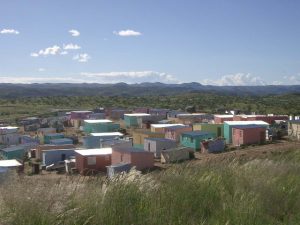Project to improve the living conditions of the population of precarious neighborhoods of Nouakchott.
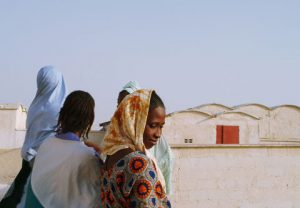
The aim is to improve the living conditions of the Rajaa neighborhood in the Commune of Riyad, Nouakchott, through the construction of social housing and service infrastructures, promoting participatory structures of social organization and supporting the implementation of municipal and government policies in matters of habitat. For this, the project foresees actions, such as training in construction, workshops for the production of construction materials, creation of solidarity aid groups (Twiza), training in the management (distribution, storage and treatment) of water, and implementation of a microcredit system. Regarding Urban Planning: 422 plots, in their totality a density of 37 dwellings / Ha, 3 rectangular blocks. It recalls the growth of the traditional Islamic city, which is built from the house, the public spaces being the result of its formation.
The projected architectural model is a typically Islamic typology (the courtyard house), around progressive growth that adapts to the dimensions of the plot and the economic resources of the beneficiaries. The vaults, made of concrete and plaster blocks, constitute a basic module that allows the growth of the house and therefore determines the grid of pillars.
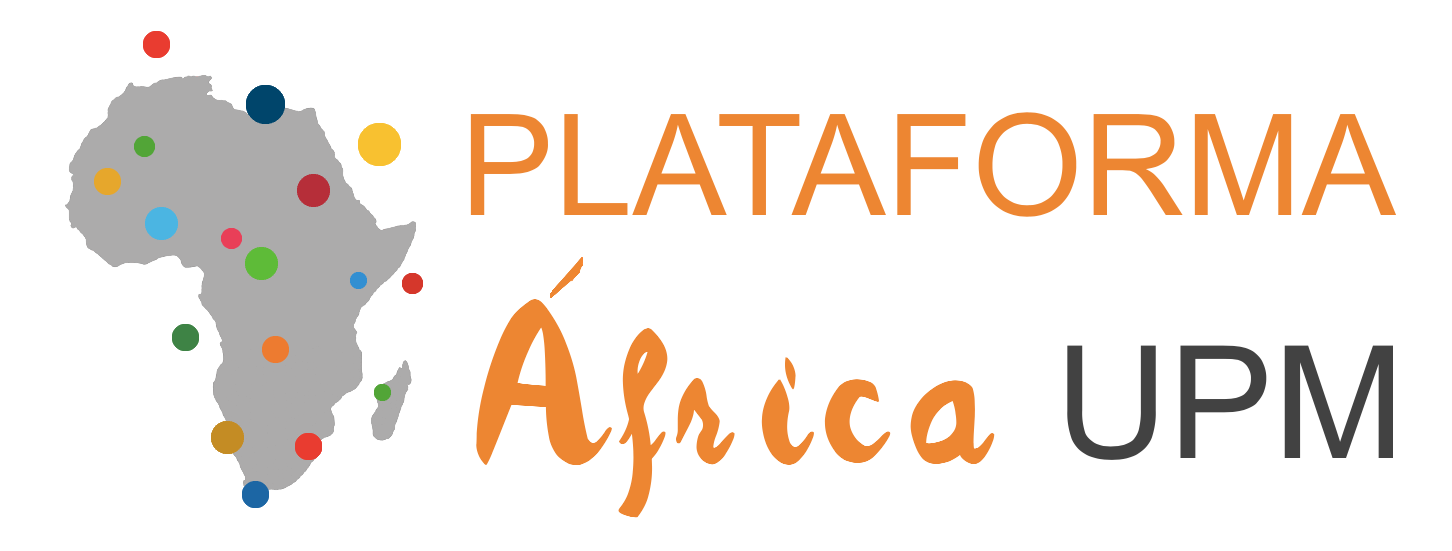



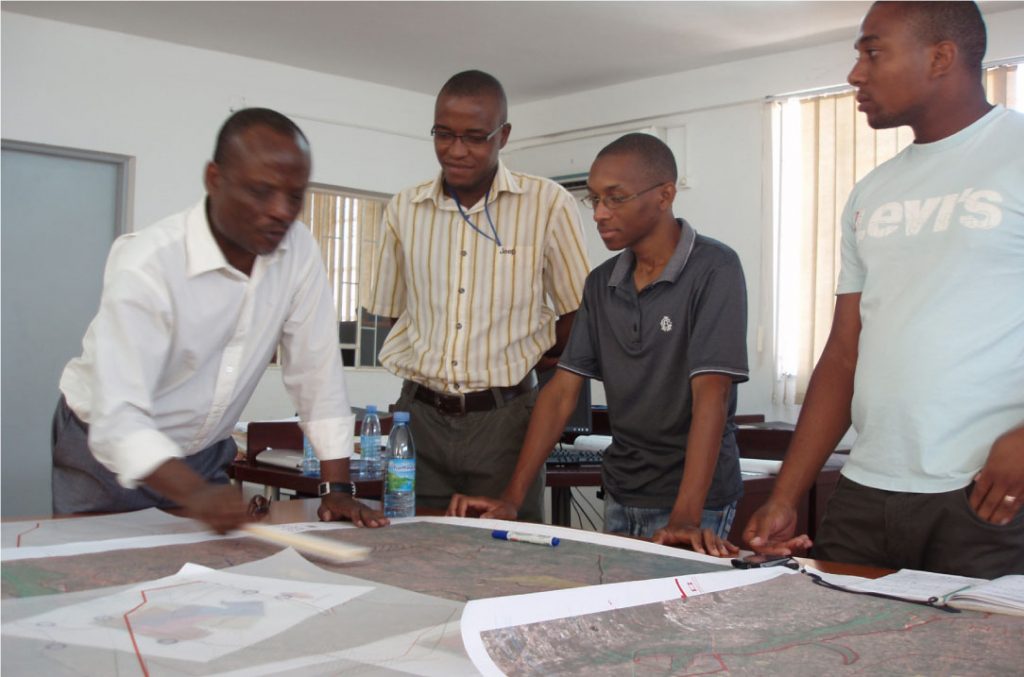
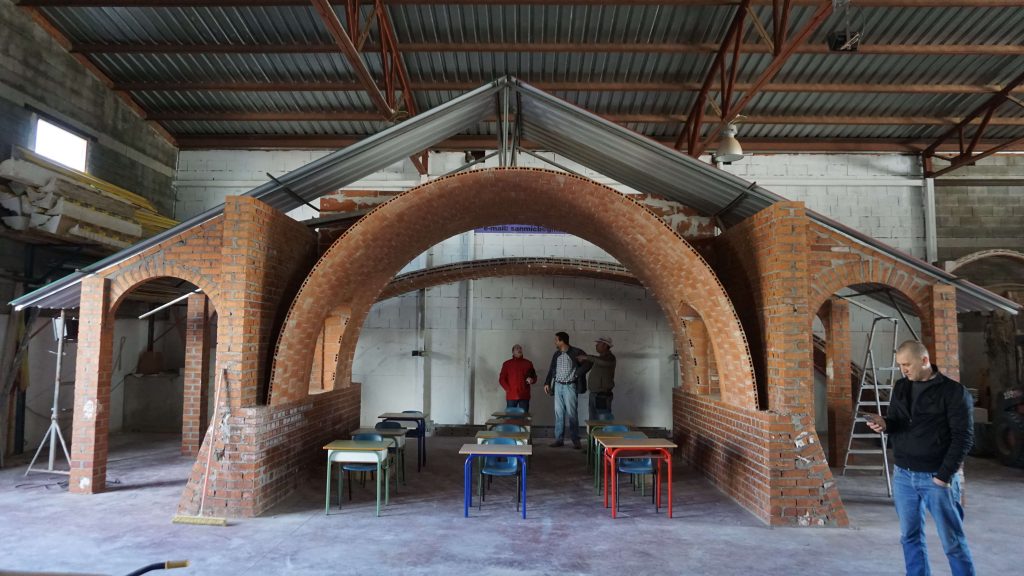
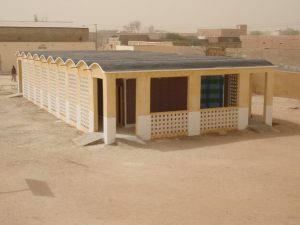


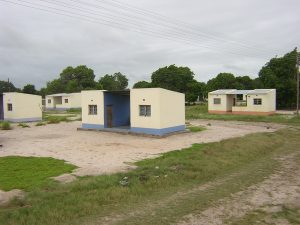 The chosen residential plot has a rectangular shape, 20 m wide by 50 m deep (1,000 m2 of surface). The plots are attached on their sides in two rows of 5 units, and each of these rows by the fronts, thus giving a set of 1 ha residential block unit, 10 plots and 10 families. The shape of the plot thus has a ratio to depth of 2/5, ideal, in order to minimize the networks that facilitate low-cost urbanization, as well as, what is more important, possible subsequent developments towards its densification such as more urban settlements.
The chosen residential plot has a rectangular shape, 20 m wide by 50 m deep (1,000 m2 of surface). The plots are attached on their sides in two rows of 5 units, and each of these rows by the fronts, thus giving a set of 1 ha residential block unit, 10 plots and 10 families. The shape of the plot thus has a ratio to depth of 2/5, ideal, in order to minimize the networks that facilitate low-cost urbanization, as well as, what is more important, possible subsequent developments towards its densification such as more urban settlements.
